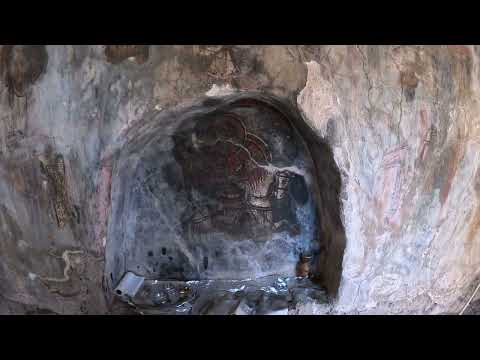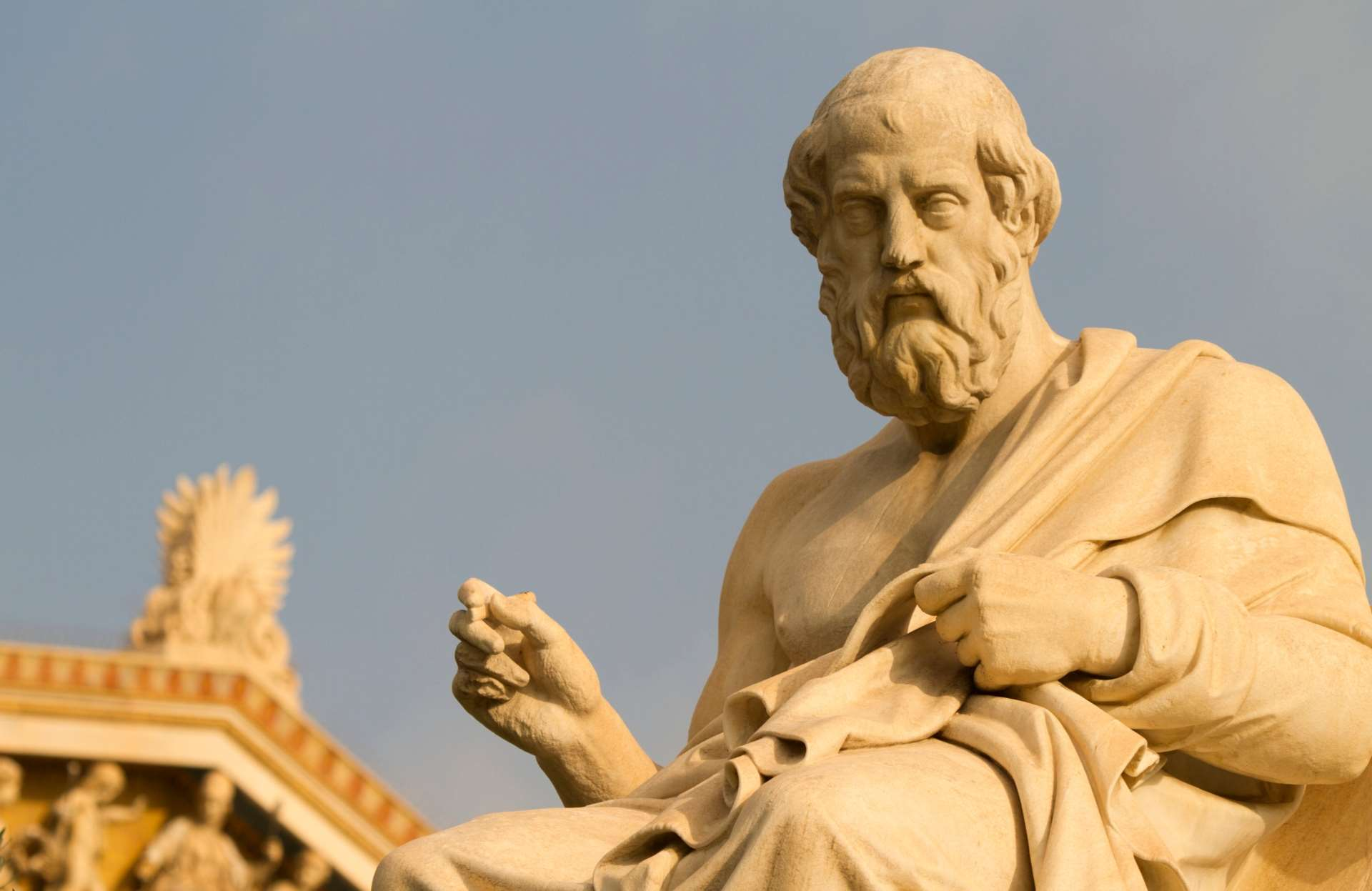Tucked away on the lush, green slopes of Apella Volada in Karpathos, where the mountain meets the sea, lies a hidden gem few travelers have discovered: the unique cave church of Saint Luke. Set against a backdrop of wild beauty and overlooking one of the island’s most stunning beaches, this chapel is more than a place of worship—it’s a living piece of Byzantine history.
A Church Carved into Nature Itself
This remarkable church is literally sculpted into a natural cave. Its main chamber is a single, vaulted space with what remains of an outer narthex—partially collapsed over time—yet still awe-inspiring, especially due to the intricate frescoes that adorn its walls. These frescoes, rich in detail and devotion, are thought to be the work of a virtuous and skilled painter.
In 2002, archaeological excavations revealed that the chapel was once part of a larger religious complex. Based on the style and artistry of the frescoes, experts believe the structure dates back to the second half of the 13th century.
A Sacred Cave with Stories in Every Stroke
Inside, visitors will find two distinct layers of wall paintings. The second, better-preserved layer graces the semi-cave narthex and features a fascinating iconographic program.
What makes this church especially captivating is its thematic connection to water, which resonates with its coastal setting. The frescoes depict scenes such as the Wedding at Cana, the Healing of the Paralytic, and the Miracle at Chonae—all emphasizing transformation and divine presence through water.
A Spiritual and Cultural Treasure of Karpathos
The cave church of Saint Luke is not just a place of prayer—it’s a window into a bygone era of spiritual expression, where nature and faith merge into one. For history enthusiasts, art lovers, or those simply looking for an off-the-beaten-path experience in Greece, this hidden sanctuary in Karpathos offers a rare encounter with sacred beauty, carved in stone and painted in time.










